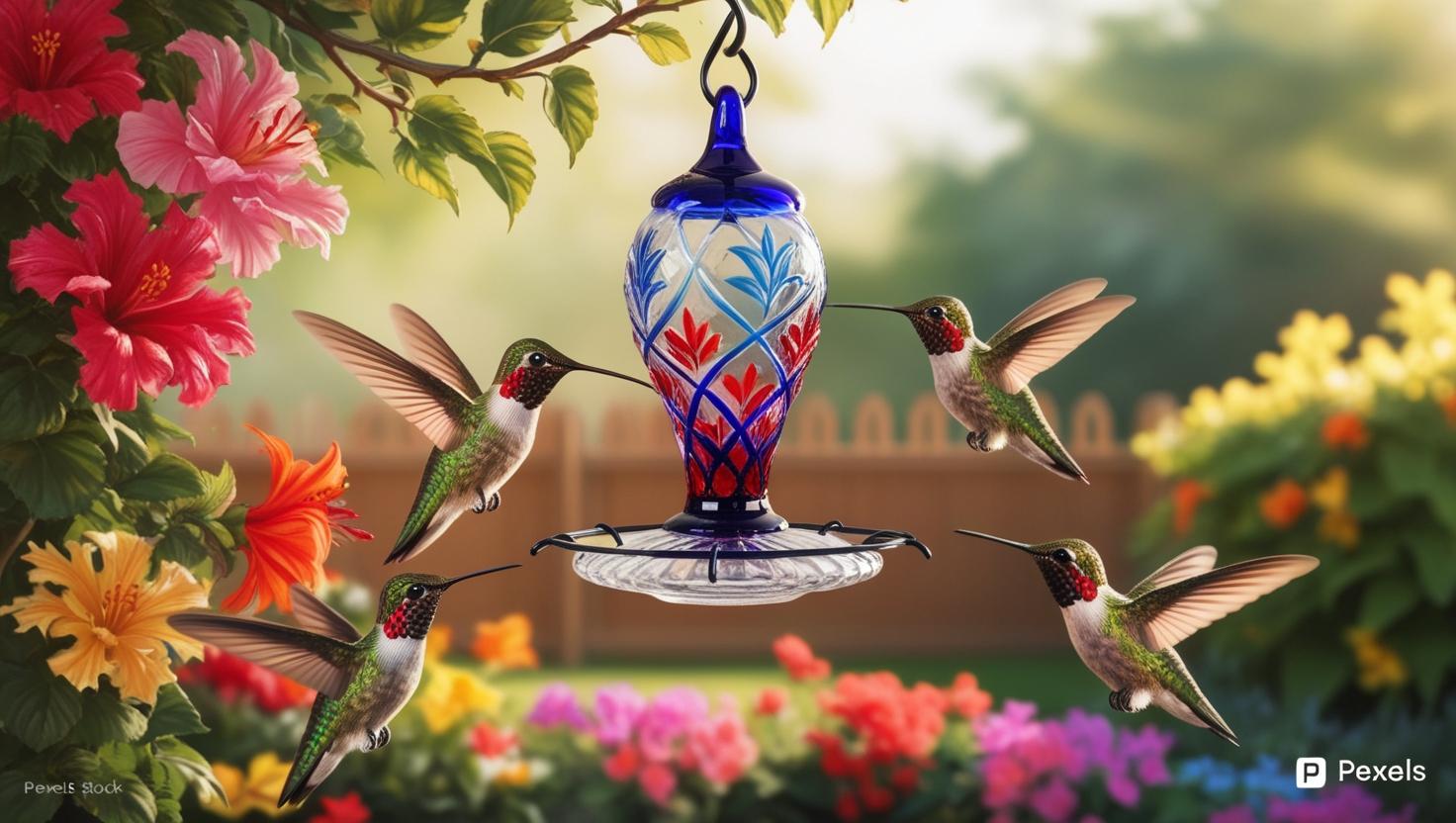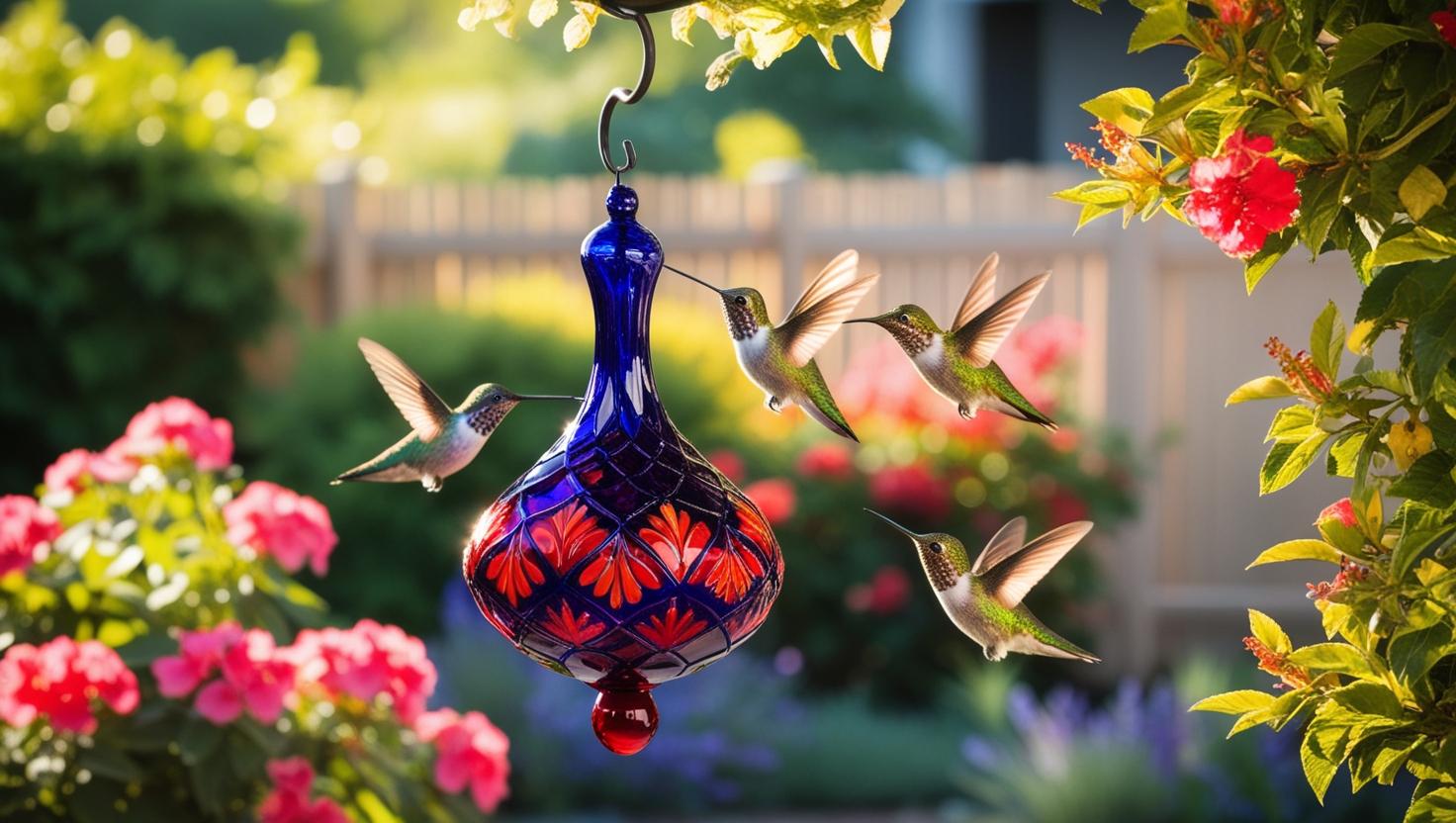When winter rolls in, hummingbird feeders can turn into solid blocks of ice quicker than you might think. This happens because the liquid nectar inside these feeders is mainly water, which freezes once temperatures drop below 32°F (0°C). The freezing point of nectar can sneak up in those crisp, cool mornings, leaving our feathered pals without their much-needed fuel.
Hummingbirds are tiny but high-energy creatures. They need a constant source of food to keep their metabolism running at its usual lightning-fast pace. When natural sources dry up in winter, they rely heavily on the feeders we set out. Frozen nectar can mean an interruption in their food supply, which might turn into a critical situation for their survival. So keeping your feeders liquid isn’t just a thoughtful gesture; it’s crucial for these birds during winter months.
Letting your feeder freeze isn’t just inconvenient; it can actually affect the local hummingbird population. Ensuring there’s a liquid food source available helps these birds survive the toughest months of the year. Plus, keeping the nectar flowing isn’t as challenging as it may seem. With a few smart tricks up your sleeve, you can ensure those little guys have plenty of nectar to sip on, even when the frost bites hardest.
Simple DIY Tricks to Prevent Freezing
One handy trick is to bring your feeders inside during the night. Hummingbirds usually take a break from feeding once the sun goes down, so this is a perfect time. Just remember to put them back out in the morning! This simple hack keeps the nectar from turning into a solid block during those especially chilly hours.
If you’re dealing with all-day freezing temps, a heated feeder or warmer might be the way to go. These can range from purchase-ready heated feeders to easy DIY solutions. Try wrapping your feeder with some heat tape or even throw in some hand warmers for a budget-friendly option.
Location matters too! If possible, hang your feeders in spots that get a little winter sun. A sunny south-facing wall or a spot near a warm window can make a surprising difference. These small shifts can help keep your feeder a few vital degrees warmer, giving those hummingbirds an unfrozen sip just when they need it most.
Crafting the Perfect Winter Nectar Recipe
When it comes to winter nectar, tweaking the sugar-to-water ratio can be a game changer. By slightly upping the sugar content, you can lower the freezing point of the nectar, making it more frost-resistant. Switching from the standard 1 part sugar to 4 parts water to about 1 part sugar to 3 parts water can help. But, be cautious—too much sugar isn’t good for hummingbirds.
Making nectar seems straightforward, but there are a few important tips to keep in mind. Avoid using boiling water to dissolve the sugar, since hot water can destroy some essential nutrients. Instead, use warm water and let the mixture cool to room temperature before filling up your feeders.
Remember, keeping it simple is key. Stay away from honey, artificial sweeteners, or any funky additives. These might seem like good ideas, but they can be harmful to hummingbirds. Stick to plain white granulated sugar and clean water to make nectar that’s safe and nutritious, even when the weather gets tough.
Innovative Insulation Techniques
Insulating your feeders is like giving them a snug winter coat, helping to keep the nectar unfrozen. One simple method is to wrap your feeders in materials that provide warmth, like foam pipe insulation, bubble wrap, or even an old wool sock. This barrier slows down the freezing process by protecting the feeder from cold winds.
You don’t need to break the bank for effective insulation. Get creative with what you have around the house. An extra sock, a bit of foam, or even a bit of old towel can work wonders. By wrapping them around your feeder, you’re creating a cozy environment that shields the nectar from biting temperatures.
Just remember, the type of insulating material matters. Using materials that are too dense might block the feeder ports or reduce visibility, confusing the birds. Make sure the feeder remains accessible to your winged visitors while still offering enough warmth to keep the nectar liquid.
Advanced Heating Solutions for Extreme Conditions
When winter turns brutal, adding a bit of heat to the mix might be necessary for your feeders. A heat lamp can offer just the right amount of warmth to keep the nectar from freezing solid. Position it so it gently warms the feeder without being too intrusive.
Old-school incandescent bulbs also do the trick. Place one near the feeder, ensuring it’s weatherproof and safely installed to avoid any electrical hazards. The gentle heat emitted by these bulbs can help maintain a liquid state around the clock.
Safety is key when using electric warmth. Ensure all electrical devices are suited for outdoor use and are installed where they won’t get wet. Devices like these should be placed near but not too close to the feeder, preventing any chance of overheating or harming the birds.
Advanced solutions keep those feeder contents flowing smoothly under the harshest conditions. These options aren’t just about keeping nectar from freezing, but also ensuring your feathered friends have access to vital nourishment when they need it most.


